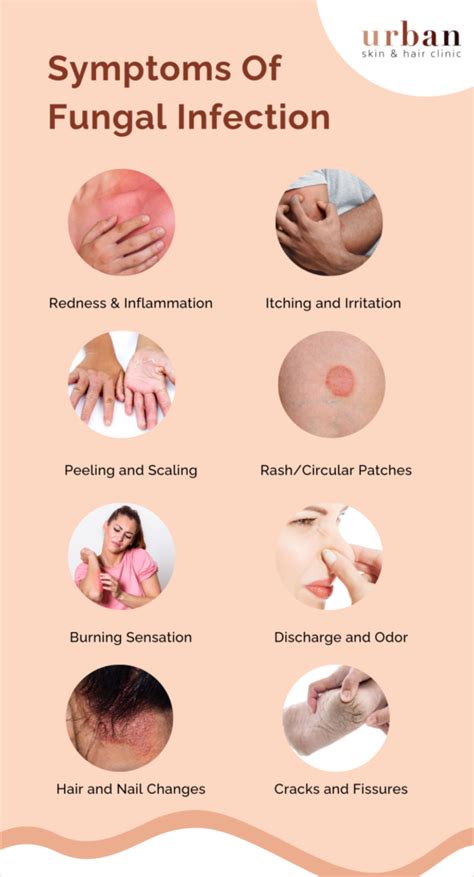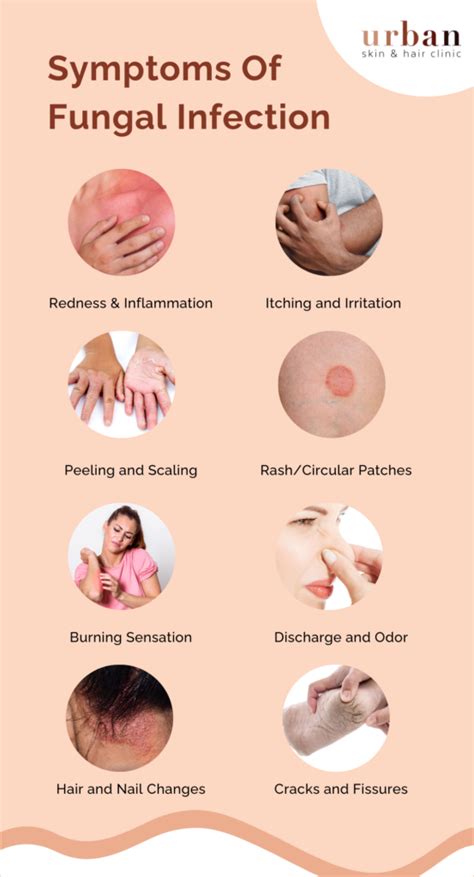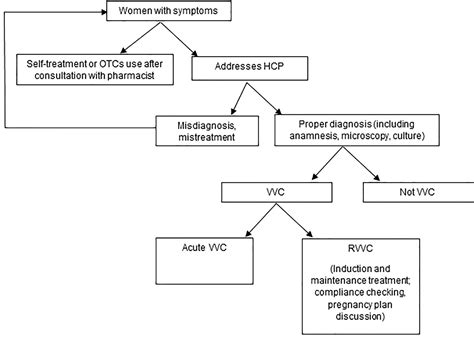Intro
Discover causes, symptoms, and treatments of fungal infection in armpit, including ringworm, candidiasis, and intertrigo, and learn how to prevent armpit fungus with natural remedies and antifungal medications.
The armpit, also known as the axilla, is a warm and moist area of the body that can be prone to various types of infections, including fungal infections. Fungal infections in the armpit can be uncomfortable, embarrassing, and even painful. They can be caused by a variety of factors, including poor hygiene, excessive sweating, and skin conditions such as eczema or acne. In this article, we will explore the causes, symptoms, and treatment options for fungal infections in the armpit.
Fungal infections can affect anyone, regardless of age or sex. However, they are more common in people who live in warm and humid climates, or who engage in activities that cause excessive sweating, such as athletes or individuals who work outdoors. Fungal infections can also be more common in people who have weakened immune systems, such as those with diabetes or HIV/AIDS. It is essential to understand the causes and symptoms of fungal infections in the armpit to seek medical attention early and prevent complications.
The symptoms of fungal infections in the armpit can vary depending on the type of fungus causing the infection. Common symptoms include redness, itching, and burning sensations in the affected area. In some cases, the infection can cause a strong, unpleasant odor, or a rash that can be mistaken for eczema or acne. If left untreated, fungal infections in the armpit can lead to more severe complications, such as skin abscesses or cellulitis. Therefore, it is crucial to recognize the symptoms early and seek medical attention to prevent long-term damage.
Fungal Infection Causes

Types of Fungal Infections
There are several types of fungal infections that can affect the armpit, including ringworm, candidiasis, and intertrigo. Ringworm is a common fungal infection that can cause a circular rash on the skin. Candidiasis is a type of fungal infection caused by the Candida fungus, which can cause a red, itchy rash on the skin. Intertrigo is a type of fungal infection that occurs in the folds of the skin, such as the armpit, and can cause a red, itchy rash.Symptoms of Fungal Infections

Treatment Options
Treatment for fungal infections in the armpit typically involves the use of antifungal medications, such as creams, ointments, or powders. In some cases, oral antifungal medications may be prescribed. It is essential to keep the affected area clean and dry to prevent the fungus from spreading. In some cases, lifestyle changes, such as wearing loose-fitting clothing and using an antifungal soap, may be recommended to prevent future infections.Prevention and Lifestyle Changes

Home Remedies
There are several home remedies that can help to treat and prevent fungal infections in the armpit. Some popular home remedies include: * Applying tea tree oil to the affected area * Using aloe vera gel to soothe and calm the skin * Applying coconut oil to the affected area to reduce inflammation * Using baking soda to absorb moisture and reduce sweatingComplications and Risks

Risk Factors
Some people are more prone to developing fungal infections in the armpit, including: * People who live in warm and humid climates * People who engage in activities that cause excessive sweating, such as athletes or individuals who work outdoors * People who have weakened immune systems, such as those with diabetes or HIV/AIDS * People who have skin conditions, such as eczema or acneDiagnosis and Treatment

Medications and Creams
Some common medications and creams used to treat fungal infections in the armpit include: * Clotrimazole cream or powder * Miconazole cream or powder * Terbinafine cream or powder * Fluconazole oral medicationConclusion and Final Thoughts

We invite you to share your thoughts and experiences with fungal infections in the armpit. Have you ever had a fungal infection in the armpit? What were your symptoms, and how did you treat it? Share your story with us, and let's work together to raise awareness about this common and treatable condition.
What are the common causes of fungal infections in the armpit?
+Fungal infections in the armpit are typically caused by a type of fungus called dermatophytes. Other factors that can contribute to the development of fungal infections in the armpit include poor hygiene, excessive sweating, and skin conditions such as eczema or acne.
What are the symptoms of fungal infections in the armpit?
+The symptoms of fungal infections in the armpit can vary depending on the type of fungus causing the infection. Common symptoms include redness and inflammation in the affected area, itching and burning sensations, a strong, unpleasant odor, and a rash that can be mistaken for eczema or acne.
How can I prevent fungal infections in the armpit?
+Preventing fungal infections in the armpit requires a combination of good hygiene, lifestyle changes, and self-care. Some tips to prevent fungal infections include keeping the armpit area clean and dry, wearing loose-fitting clothing to reduce sweating, using an antifungal soap or body wash, and avoiding sharing personal care items.
